Florida landfills (part of 6)
In order to defeat particularly important targets, we tried to adjust the B-58 Hustler supersonic bomber. To this end, four Hustler arrived at the Eglin airbase in the spring of 1967, during which they experimented with weapons.
B-58, designed to replace B-47, was “honed” from the very beginning only for the delivery of nuclear weapons, and was intended to break through air defense at high supersonic speeds and high altitudes. The aircraft was equipped with an AN / ASQ-60 sighting and navigation system, which was very sophisticated by the 42 standards. The defense armament consisted of a 20-mm six-barreled cannon with an automated radar fire control system, an active jamming station, and automatic dipole reflector ejection devices. Thermonuclear bomb hung in a special streamlined container in the bottom of the fuselage. The maximum combat load could reach 8800 kg.
A three-seater aircraft with a maximum take-off weight of 80240 kg, could deliver nuclear strikes at a range of 3200 km. Maximum flight speed 2300 km / h, cruising - 985 km / h. "Hustler" was able to accelerate sharply and make rapid supersonic throws at the breakthrough of the air defense lines. At the time of appearance, the B-58 had better acceleration characteristics than any existing interceptor, and in terms of the duration of its motion at supersonic speed, it left the most advanced fighters of that time far behind.
The B-58 bomber had very high flight data, but its cost $ 12 million in prices of the end of 50-s was exorbitant. Operation of the aircraft with very difficult avionics was too expensive. In addition, the number of accidents and disasters was unacceptably high. Of the 116 aircraft built in flight accidents, 26 units were lost.
In the second half of the 60s, the clouds over the Hustler thickened. After the mass deployment of air defense systems and the appearance in the USSR of supersonic interceptors with guided missiles, the B-58 ceased to be an "absolute weapon." In order to extend the military service of the “Hustler,” they tried to adapt it for the destruction of especially important goals by non-nuclear aviation ammunition. Toward the close of their careers, several B-58s were equipped for the suspension of four 908-kg Mk. 64 bombs. Despite the generally positive test results, Hasler failed to take part in the Vietnam War. The aircraft with a bomb load was quite stable when flying at high speed at high altitude. But in 1967, great flight speed and altitude no longer guaranteed invulnerability. High-speed flights at low altitude were very tiring for the crew and frankly dangerous. In addition, the take-off and landing characteristics of the aircraft for the field airfields of Southeast Asia were unacceptably low, and the cost of maintenance was excessively high.
After the victory of Israel in the 1967 war, Israelis had a significant amount of Soviet-made equipment and weapons at their disposal. Israel predictably shared trophies with the United States. Especially Americans were interested in the capabilities of the Soviet radar. The SNR-75 anti-aircraft missile guidance station, as well as the P-12 and P-35 radar, were delivered to the test site in Florida, where they were tested in comparison with the American AN / TPS-43A circular survey station. American experts came to the conclusion that, despite a certain lag in the development of the electronic element base, large dimensions and weight, Soviet radars demonstrated quite acceptable characteristics of the detection range and noise immunity. A detailed study of the operating modes of the guidance station for rockets and radars helped in the creation of outboard containers for electronic suppression of individual and group protection. At the first stage of testing against the Soviet radio systems, the EB-57 Canberra and EA-6 Prowler EW aircraft were tested.
In 1968, the largest US climate chamber was built at the airbase. An experienced copy of the military transport aircraft C-5A Galaxy was tested in it with severe frost. The area of the freezing hangar is 5100 m².
15 August 1970 from the Eglin airbase a group of new Sikorsky MH-53 Pave Low rescue helicopters set off to the South Vietnamese airfield of Da Nang. They arrived at their destination on August 24, making seven intermediate landings and flying 14064 km. The route MH-53 was accompanied by tankers HC-130Р.
In 1971, at the site began to test the "mini ganshipov" AC-23A Peacemaker and AU-24A Stallion. The aircraft were armed with a triple-barreled 20-mm XM-197 gun and could carry a combat load of up to 900 kg on the underwing pylons. The maximum speed was 280-340 km / h.
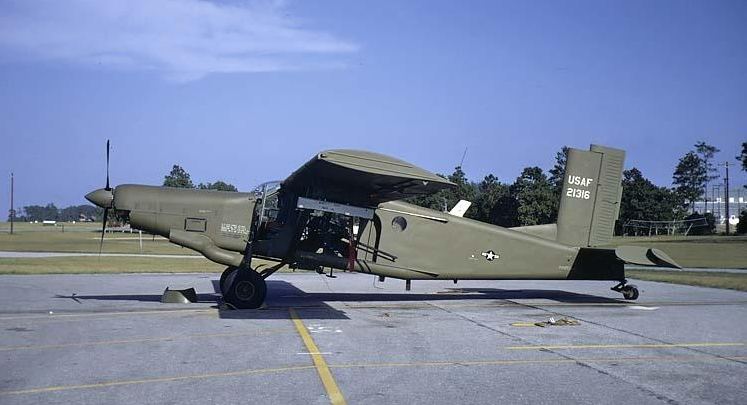
Externally similar aircraft with a maximum take-off weight of about 3 tons were created on the basis of commercial single-engine turboprop vehicles. The goal of the Pave coin program was to create fairly efficient, low-cost combat aircraft capable of operating from poorly prepared sites. During military tests in a combat situation, aircraft were used to escort helicopters, to support ground forces, transport cargo using the possibility of a shortened take-off and landing, armed reconnaissance, advanced air guidance and repelling the attack of partisan groups on advanced posts.
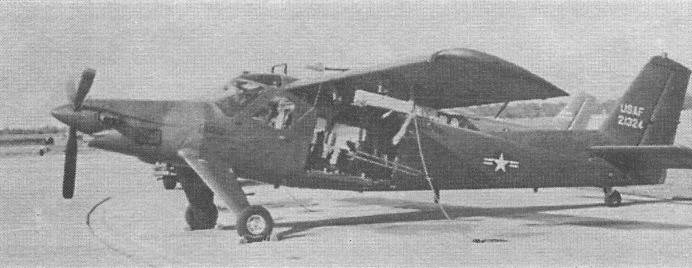
The USAF ordered 15 AC-23A and 20 AC-24A. However, the Americans themselves preferred to fight in more secure and high-speed vehicles. A "mini ganships" handed over to the allies - the Air Force of Cambodia and Thailand.
In 1972, a program for converting F-84F, F-102A and F-104D fighters, as well as AGM-28 Hound Dog air-launched cruise missiles into radio-controlled targets, began to be implemented at the air base. This was due to the fact that the Air Force began a massive write-off of samples of equipment and weapons produced in the 50s. The equipment came from the "bone cemetery" in Davis Montan, and in some cases directly from combat squadrons. The following targets were installed as ground targets at enemy enemy airfields: A-5 Vigilante, F-84F Thunderstreak, F-89J Scorpion, F-100 Super Sabers, TF-102A Delta Dagger, HH-43A Huskie, and T-33A Shooting Star. To test anti-tank weapons on the ground in a very significant amount Tanks: M26, M41, M47 and M48, self-propelled guns M53 / T97 and armored personnel carriers M113. Some armored vehicles manufactured in the 50-60s still serve as training targets.
In the summer of 1972, on the Eglin runway, an outwardly unremarkable lightweight piston plane with a low-position Windecker YE-5A, which was a specially modified civilian for testing, landed on the Eglin runway.
A feature of the aircraft with a maximum take-off weight of about 1500 kg was that, with the exception of the engine and a number of minor parts, it was entirely made of fiberglass and it turned out to be difficult to distinguish on radar screens. Within the framework of the project CADDO YE-5A was tested for about a year. It tested ground stations of different frequency ranges and aircraft radar.
During the Doomsday War, Israel was closer than ever to a military defeat, and its air force suffered heavy losses. In order to compensate for Israeli losses and save its ally, the United States carried out an emergency transfer of aircraft. Combat aircraft after minimal training were withdrawn from combat aviation units of the US Air Force. Not in this respect, the exception and the Edwards Air Base. Starting from 19 in October, 1973 pilots of the 33 Tactical Aviation Wing drove at least a dozen and a half F-4E Phantom II fighter-bombers to Israeli airfields.
In the first half of 1973, prototypes of the seven-barreled General Electric GAU-30 / A Avenger seven-barreled 8-mm cannon were tested in the aviation weapons laboratory.
In the future, this gun, capable of firing armor-piercing shells with a core of depleted uranium, was mounted on the A-10 Thunderbolt II attack aircraft. During the test, several tens of thousands of shells were fired and the area was scattered to 7 tons of Uranium-238. Later managed to collect a little more than half of the radioactive material.
In January, the first A-1975 Thunderbolt II pre-production A-10 arrived at 30 at an armaments test base. It was here that the numerous decommissioned tanks located on the grounds of the landfill were useful. The PGN-14 / B armor piercing 113-mm projectiles with a depleted uranium core stably pierced the side and top armor of the tanks, and the MXNUMX aluminum BTR pierced as if they were made of paper. When penetrating the armor, the core material is subjected to a strong thermal and mechanical impact, the uranium dust sprayed in air ignites, providing a good incendiary effect.
30-mm aircraft gun GAU-8 / A was originally designed to deal with armored vehicles. The mass of the entire installation, with ammunition and projectile feeding system is 1830 kg. The rate of fire of the gun can reach 4200 rpm. In order to avoid overheating of barrels, firing is conducted in bursts, duration 1-2 seconds, the recommended queue length is no more than 150 shots.
In ammunition includes high-explosive incendiary and armor-piercing shells. An armor-piercing projectile weighing 360 g., Leaving the barrel at a speed of 980 m / s, at a distance of 500 meters is able to penetrate 70 mm homogeneous armor. Shooting accuracy is quite high. Approximately 80% of shells fired from 1200 meters are in a circle with a diameter of 12 m.
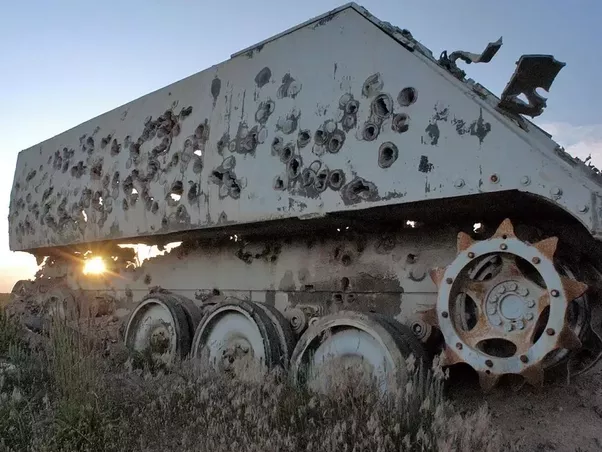
The flip side of high armor penetration projectiles with uranium cores is that uranium still has radioactivity and is extremely toxic. When destroying enemy armored vehicles during hostilities, this is an additional damaging factor for crews. But when tested on their own landfills, the equipment fired with uranium shells cannot subsequently be disposed of in the usual manner and forced to be stored on special sites.
From the outset, the armored and relatively low-speed attack aircraft A-10 were intended to counter the Soviet tank armies in Europe. Therefore, the car carried a dark green camouflage, which should have made them less noticeable on the background of the earth.
At the test site in Florida, attack aircraft pilots, in addition to working out the skills of firing from 30-mm air cannons, dropped bombs with braking parachutes from a strafing flight and used unguided 70-mm rocket projectiles. The AGM-10 Maverick air-to-ground missiles were also included in the A-65 attack kit. Maverick's combat debut with a television guidance system took place at the final stage of the Vietnam War. But for use with a single attack aircraft, rockets were needed, launched on the “fired and forgotten” principle or with the possibility of targeting from an external target designation source.
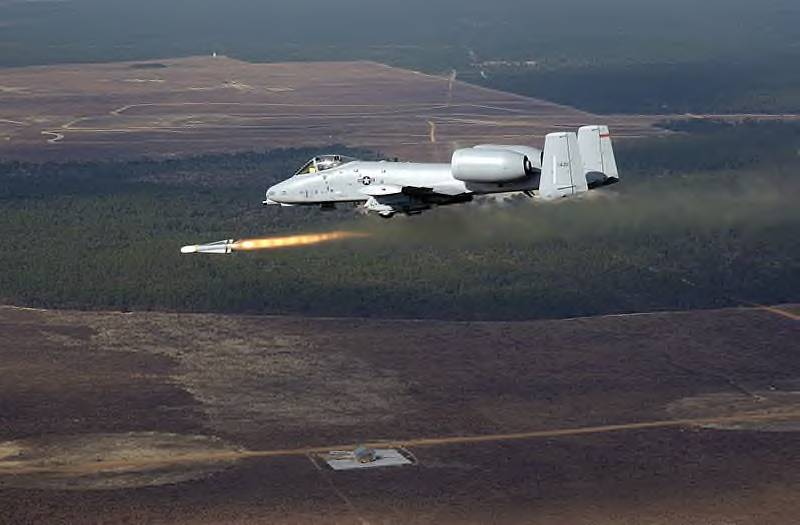
These requirements were met by missiles with thermal and laser guidance systems. At some stage, UR AGM-65D with IC GOS was considered as an anti-tank weapon. Indeed, at the test site, Maverick’s ability to reliably point to tanks with simulators corresponding to the thermal signature of a running engine was confirmed.
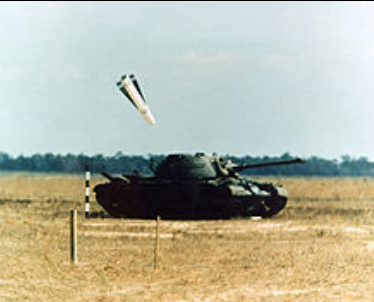
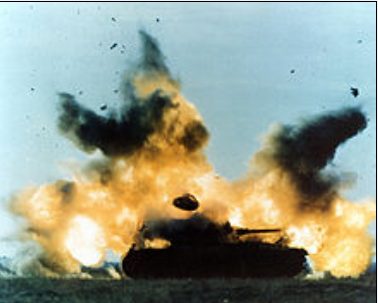
High-speed shots taken at the test site shortly and at the moment AGM-65 hits the decommissioned M48 tank
However, using 210-290 kg rockets and costing more than $ 100 thousand against Soviet-made tanks T-55 and T-62 would be extremely wasteful. After the collapse of the USSR, these combat vehicles were offered on the arms market at a price of $ 50-60 thousand. More justified was the use of "Maverick" to defeat fortified bunkers, reinforced concrete hangars, bridges, overpasses, etc. In addition, AGM-65 missiles had a certain anti-ship potential. Since March 1975, regular missile launches have been made along the USS Ozark MCS-2, a retiring landing ship drifting in the Gulf of Mexico.
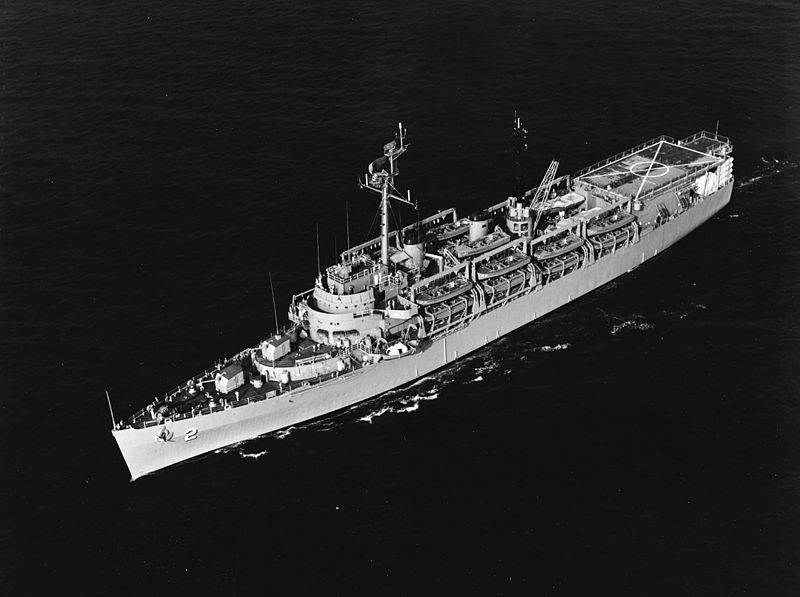
Initially, the ship used missiles with an inert warhead. But even the "blanks" without explosives produced too much destruction, and it was becoming more and more difficult to return the target ship to the system each time.
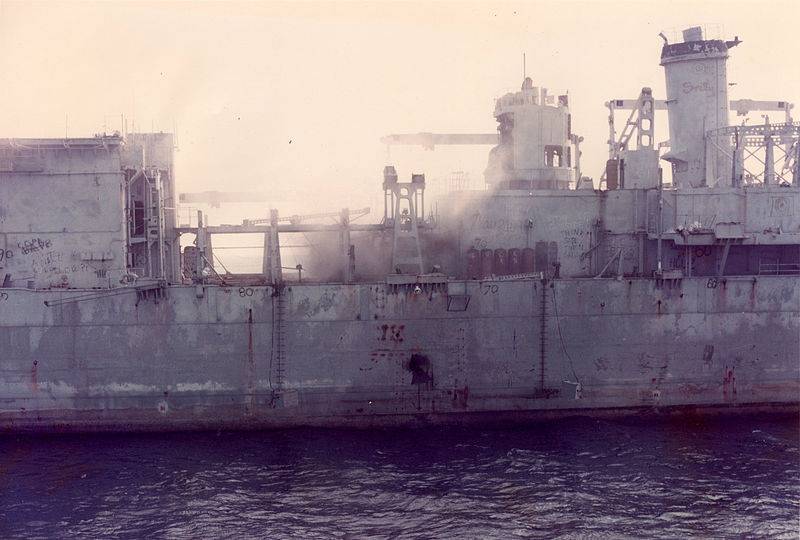
As a result, in the 1981, as a result of a hit of Maverick with a real warhead, a ship with a full displacement of 9000 tons and a length of 138 meters received “damage incompatible with life” and sank 12 hours after the attack.
After the successful adaptation of AGM-65 Maverick missiles on the A-10 attack aircraft, the Marine Corps Command expressed a desire to increase the shock capabilities of the Douglas A-4M Skyhawk. Although the aviation control of the USMC had its own test sites and test centers, the presence at Eglin of a good experimental test base and high qualifications of the Air Force Weapons Laboratory specialists became the main determining factors when choosing a site for upgrading Skywalk missiles.
In the second half of the 70s in Florida, aircraft technicians were tested, which now form the basis of the US Air Force. First of all, this refers to the 4 generation fighter jets, helicopters, overhead observation and sight containers, and adjustable bombs.
In 1975, the US Air Force Weapons Laboratory began testing the AGM-114 Hellfire anti-tank missile. Compared to the AGM-65, it was a much lighter and cheaper missile with laser or semi-active radar guidance, and it is much better suited to combat armored vehicles. The main carrier of Hellfire, which weighs 45-50 kg depending on the modification, was combat helicopters and Drones.
From September to November 1976, the Sikorsky UH-60 Black Hawk helicopter was tested at Edwards. The main emphasis was placed on checking in the “climate hangar”. In the temperature range from -40 to + 52 ° C.
In 1978, the F-4E Phantom II fighter-bombers on the 33 Tactical Aviation Wing were replaced by McDonnell Douglas F-15А Eagle fighter jets. Still not quite old "Phantoms" with a large flight resource after entering the combat units of the new generation of fighters were massively transferred to the air forces of the allied countries. The X-NUMX-X F-70E transmitted at the end of the 80 at the beginning, until recently, served in Egypt, Turkey, Greece and South Korea.
After the failure of the rescue operation of American citizens captured as hostages in Iran, the US military did not accept the failure and in the 1980 year began preparations for Operation Reliable Sport. To penetrate the Iranian airspace was supposed to use a specially modified aircraft MC-130 Combat Talon. The transport vehicle, equipped with brake rockets, was supposed to land at night in a stadium near the captured American embassy.
After the special operation, the plane with the rescued hostages and fighters of the Delta group carried out a short takeoff with the help of 30 solid-fuel lifting engines MK-56 from the SAM RIM-66. Since there was no fuel left on the way back, the Hercules had to land on an aircraft carrier. In addition to the use of rocket braking and lifting engines, a significant refinement of wing mechanization was carried out to reduce takeoff and landing distances. The aircraft installed a flight system with automatic rounding of the terrain, improved communications and navigation equipment, as well as EW systems. The plan, of course, was adventurous, but the preparation for the operation was in full swing. Three transport aircraft arrived for testing at the secluded Wagner Field airfield in the vicinity of Edwards Air Base. The flights of the head YMC-130Н began in a tight security regime on 24 August 1981.
During the next test flight, during landing, the flight engineer launched the brake jet engines too early, and the aircraft stopped in the air at a height of several meters. When hitting the ground, the right plane fell off and a fire started. Thanks to the efforts of the rescue services, the crew was promptly evacuated, the fire was quickly extinguished, and no one was hurt. Most of the valuable electronic equipment was saved, and the tests continued on another plane. In order to respect the secrets of the wreckage of the crashed aircraft buried near the runway.
After Ronald Reagan came to power in 1981, they managed to free the hostages by diplomatic means. One copy of the YMC-130H was used as a prototype for creating the special operations aircraft MC-130 Combat Talon II and is now in the Aviation Museum at Robins Air Base.
To be continued ...
Based on:
http://www.airwar.ru/weapon/avv/aim47.html
http://testpilot.ru/usa/hughes/aim/47/gar9.htm
http://www.afwing.com/intro/f101/voodoo-13.htm
http://www.globalsecurity.org/military/systems/aircraft/hc-130-pics.htm
http://warthognews.blogspot.ru/2012/01/historic-10-photos-archived-by-dod-now.html
https://www.youtube.com/watch?v=WKCl3lfAx1Q&feature=related
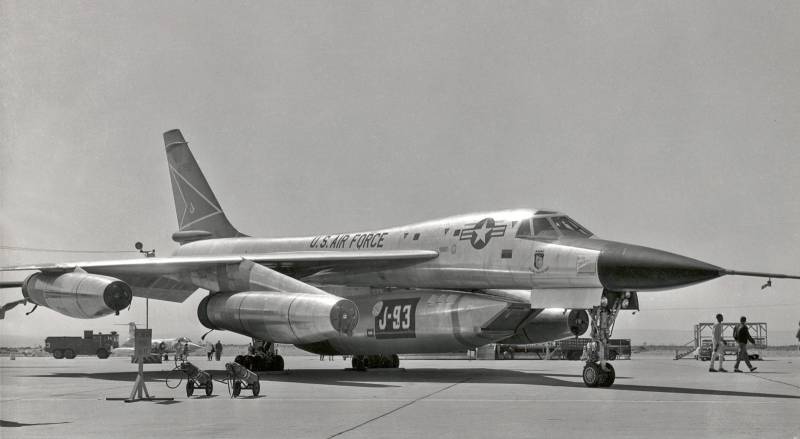
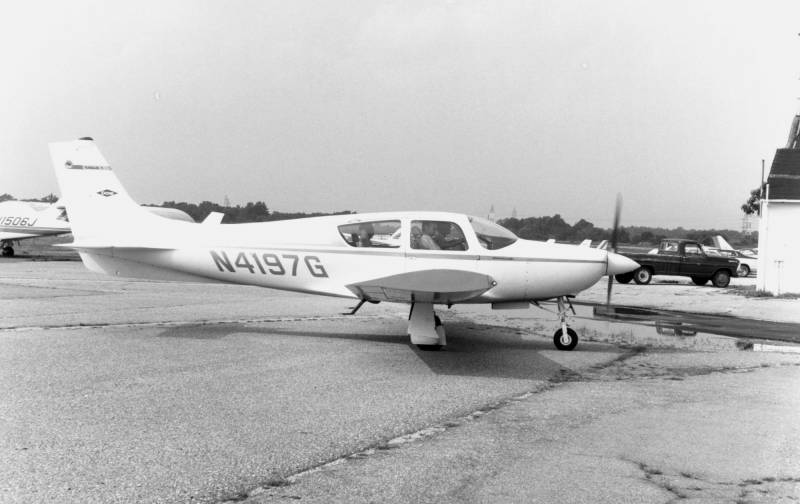
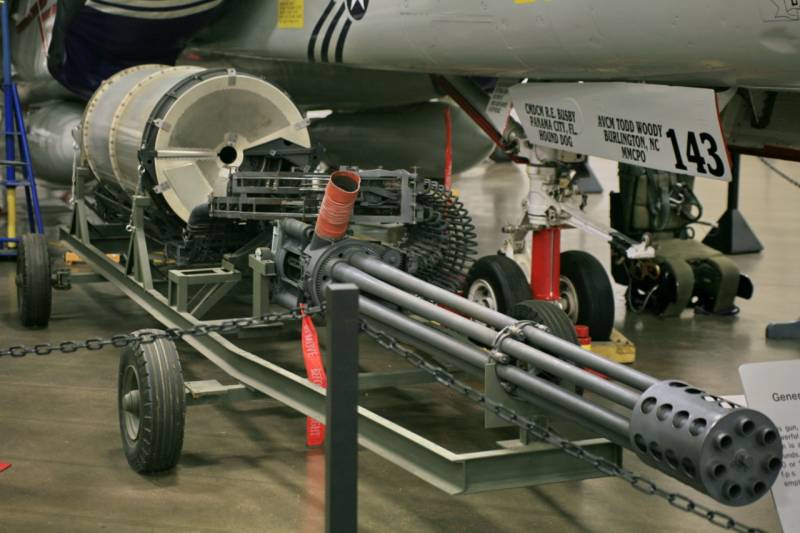
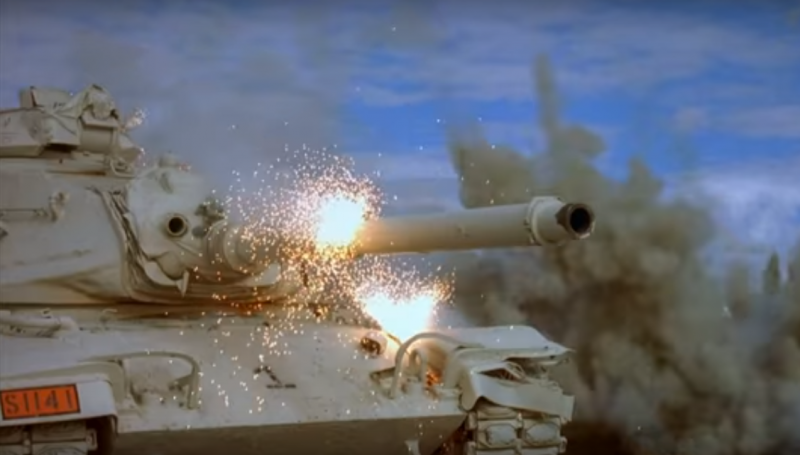
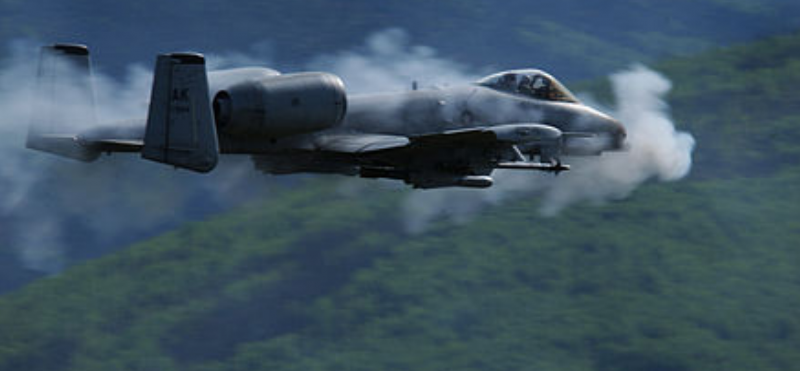
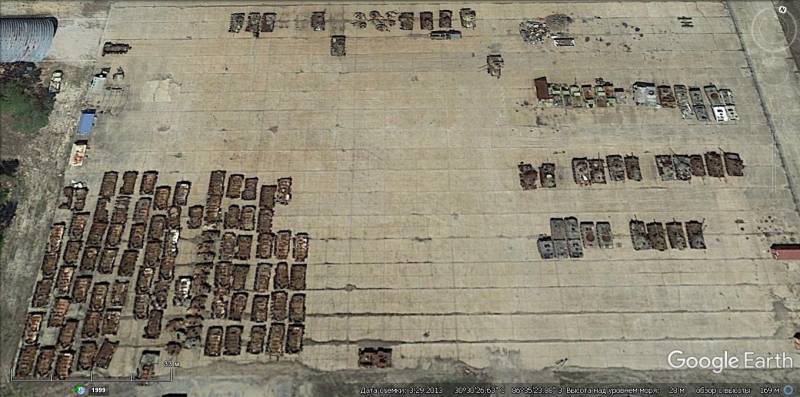
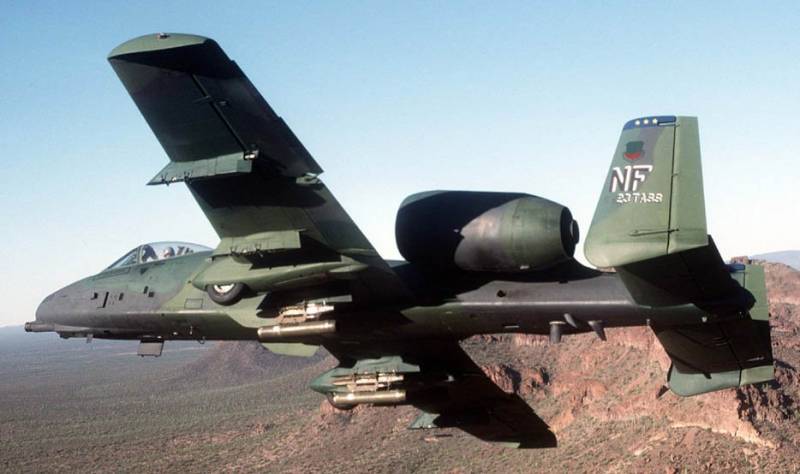
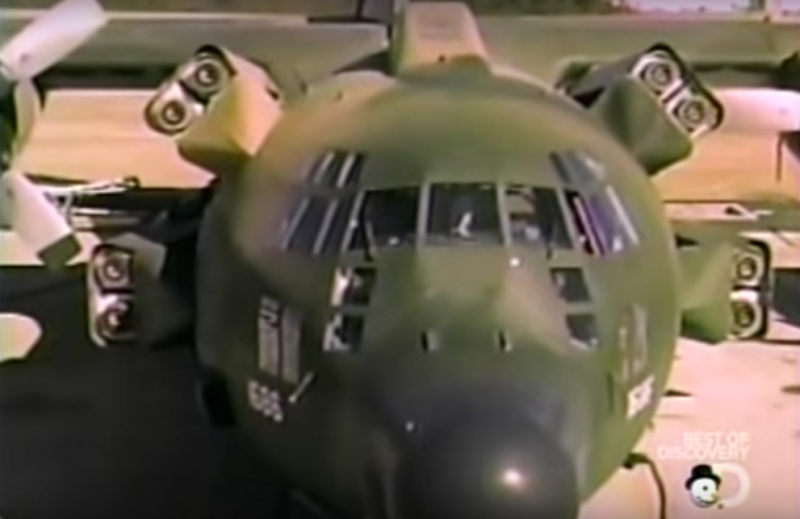
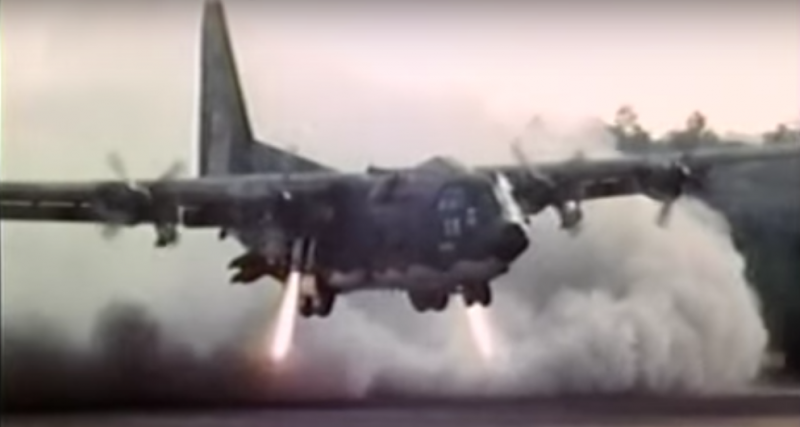
Information